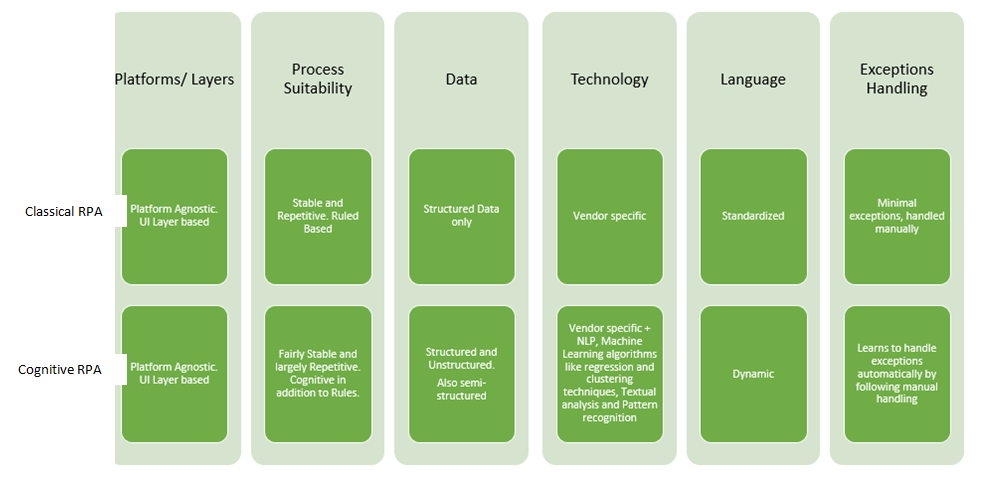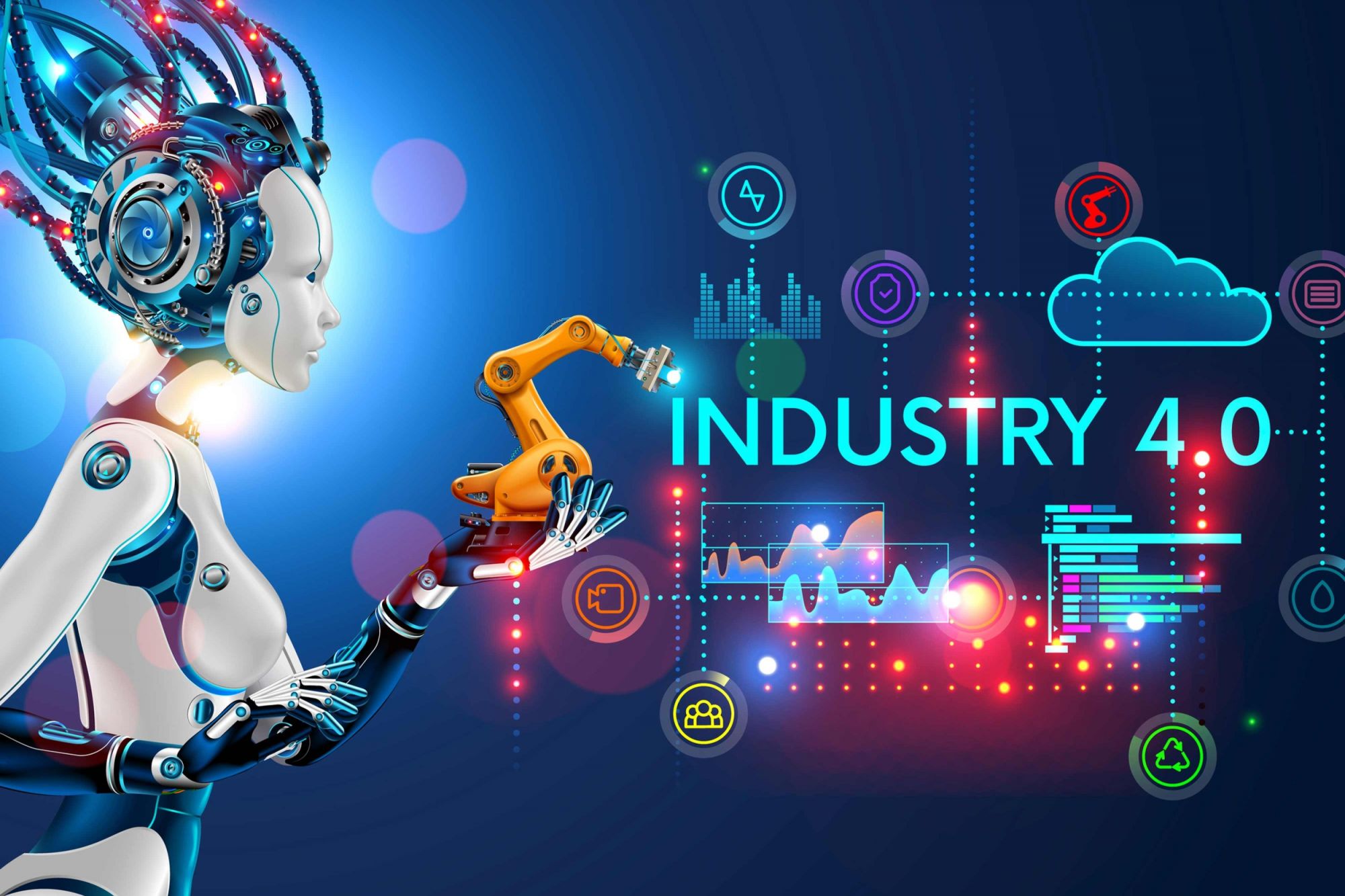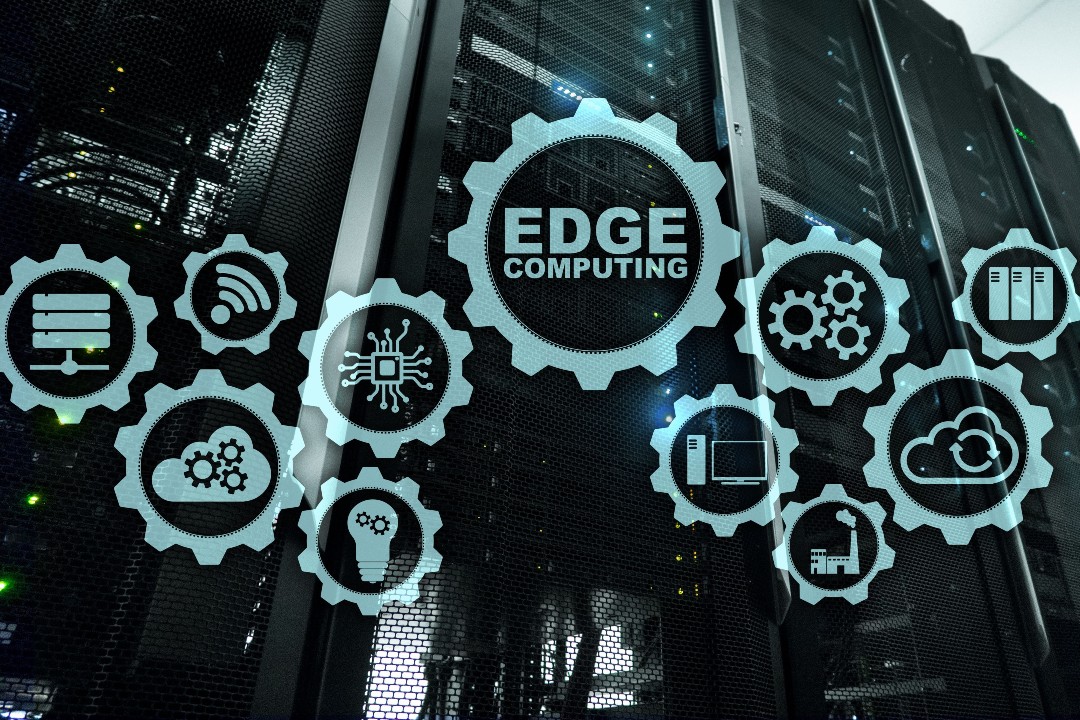Business Transformation has always been a hot topic. The global contagion will unquestionably accelerate the “need to go digital” and lead to redesigning business processes beyond costs and across companies and value-chains.
The COVID pandemic has thrown up the challenge of far greater need for automation in almost all industries. Just like the mobile and cloud technologies gave a fillip to the digitalization of banking, retail, transportation and logistics businesses, this pandemic will give that impetus for large-scale automation across many other traditional industries, thanks to robotics and Artificial Intelligence. Among them, Robotics Process Automation (RPA) and Cognitive RPA are the two key digital technologies.
What is RPA and Cognitive RPA? And How do They Differ?
Both traditional RPA and Cognitive RPA make businesses more efficient but at different stages of the automation roadmap.
Robotic Process Automation represents foundational automation of repetitive tasks performed by human beings. It is agile, scalable and low cost but deals with structured information.
Cognitive RPA, on the other hand, analyzes information that is less structured but brings more complex interactions in sales, marketing, commerce and supply chain activities.
As per a study by Grand View Research Inc, the global RPA market is expected to reach USD 3.11 billion by 2025. At the same time, the Artificial Intelligence (AI) market which is a critical component of Cognitive Automation is expected to exceed USD 191 Billion by 2024. These pre-COVID numbers are likely to be revised exponentially upwards in light of the lessons learnt from the disruptions caused by the virus.
The costs and agility of bot development, 24X7 operations and its ability to sit on top of existing applications to deliver straight-through processing are the greatest attractions of RPA.
However, to get the best results, there are certain criteria that determine where RPA should be implemented:
- Processes that are repetitive and conducted on a mass scale.
- Processes with structured input and output with negligible exceptions.
- Stable end-to-end processes. Frequent process changes are not suitable for Robotic Process Automation.
- Processes that are specific, have measurable inputs and outputs that align with set business rules and not based on human intervention.
RPA can achieve straight-through processing at significantly lower costs than building interfaces using conventional methods like APIs, Webhooks or microservices.
Even today the opening of a bank account requires a banker to approve the final step. What if we need to open an account over a weekend? RPA can be used for data capture, pre-processing, all regulatory & credit checks leading to automated account creation!
As per certain research reports, companies that send work overseas to Business Process Outsourcing (BPO) outfits were able to further lower processing costs by up to 70% by implementing RPA while reducing processing time by as much as 35%. Error rates have come down by an average of 80% by ensuring that input data was correctly formatted and complete.
What are the limitations of RPA?
As stated earlier, if the inputs are structured, then RPA works fine! However for unstructured or semi-structured information, for example, handwritten or printed text that is freely-formatted, classical RPA would struggle to make sense of the inputs. Even for printed forms and invoices from multiple parties, it would be a challenge!
If the underlying processes are broken, Robotic Process Automation cannot fix the processes. It may even aggravate the situation!
For example, if computing power or network capacity is inadequate, RPA could put pressure on the infrastructure as throughput is much higher than manual processing!
Similarly, if processes are not standardized, not well documented or happen to change frequently, the gains would be modest when building RPA “hooks” between systems. Hence it is important to address such issues through process mapping, analysis and standardization to augment the gains of moving to RPA implementation.
Lastly, while the term “Robotic” in Robotic Process Automation sounds exotic, it’s not exactly rocket science! It is not intelligent enough to learn and improve processes! It is a tactical solution to increase efficiencies using data manipulation techniques and data transfer.
The organizational expectations about what RPA should deliver versus what the real benefits are, can create a lot of pressure and apprehensions for the teams that are expected to roll out RPA. To “manage the hype-cycle” & plan for an RPA governance framework, the right delivery organization and a solid implementation plan, please refer to the article on “Best Practices to Manage RPA Anxiety Better”.
Moving onto Cognitive RPA

Classical RPA is a modest means to lower costs, achieve error-free 24X7 operations, increase customer satisfaction, regulatory compliance and resilience! However, this is just the starting point for further automation!
Cognitive RPA is the next step in the Business Transformation process. Instead of the rigid nature of traditional RPA, cognitive RPA starts to deal with unstructured data.
For example:
- Invoices from different sources that need to be scanned & interpreted. The field names used in the invoices can help interpret the information found in the data boxes, for example, customer name, date, item, amount or value-added tax.
- Freely-formatted Negative or Adverse News sources being scanned for input into KYC records to document risks, if any, of onboarding a new customer.
- Emails sent to customer service being parsed to find out the nature of customer complaints, for example, service disruption, poor quality of service or overcharging.
In all the above examples, text analysis and Natural Language Processing (NLP) have been introduced into traditional RPA processes to handle unstructured or semi-structured data.
The Way Forward
Classical Robotic Process Automation should be seen as a precursor to largescale automation. With a view to the future, digitalization will increasingly involve engineering business processes around emerging technologies like NLP and Machine Learning. For example, traditional banks and insurance companies are being forced to think like Fintech and Regtech startups, where technology is not just an enabler but a game changer! And the pandemic is the perfect storm that kickstarts rapid automation or hyper-automation!
A well-thought-out Robotic Process Automation roadmap with the business transformation strategy and program planning is the order of the day. Classical and Cognitive RPA with AI, NLP, Text Analysis and Machine Learning can be added to the transformation toolkit! Getting professional help in these areas is a must if resources are not available internally!












